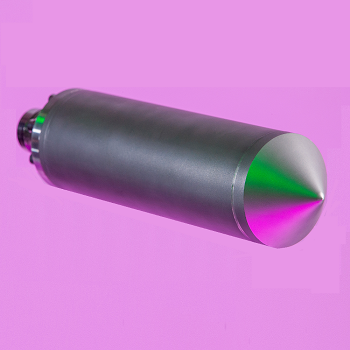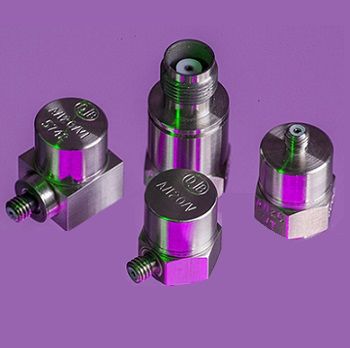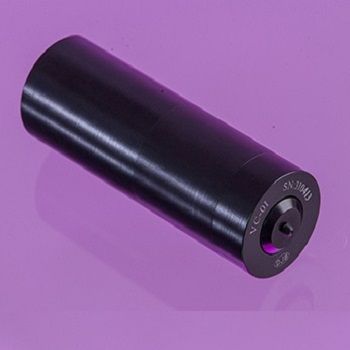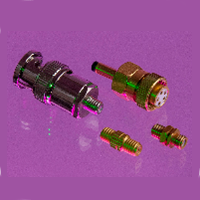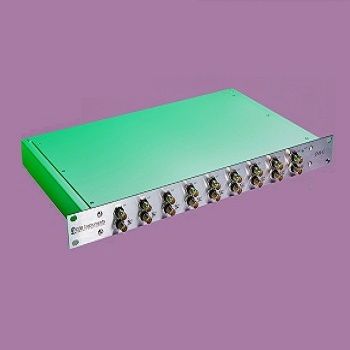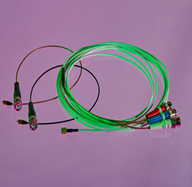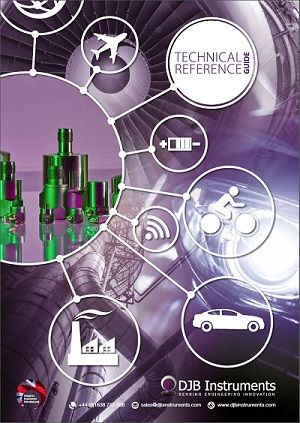Down Hole Seismic Sonde
Features
Applications
- Constant Gravity Measurements
- Seismic Vibration Measurement
This
instrument harnesses the advantages of piezoelectric technology over other
technologies for the measurement of vibration.
It has a large bandwidth compared to other seismic sensors such as geophones or
seismometers.
There are no spurious (invalid) responses within the bandwidth of interest. The use of down hole amplifiers can
improve the signal to noise ratio.
The instruments themselves can be operated off a simple 12v battery, and their low power consumption results in long battery life.
The Sonde contains three A/1800 voltage accelerometers each containing integral electronics, with an
operating temperature of 125°C.
The sensors are configured on three orthogonal axis.
Diameter 76mm
Length 300mm
Temperature -50 / +125°C
Frequency Response 4Hz to 400 Hz
Voltage Sensitivity 10V/g
Power Supply 12 volts
Features
Gives a very high output
Able to detect small signals
Provides a high quality signal that does not degrade over time
"We’re using an array of DJB’s highly sensitive accelerometer-based seismic sondes at the Eden Project. They monitor any seismic activity, whether natural or induced, while injecting water to open the natural fractures in the rock. DJB Instruments has developed a unique product which is being adopted worldwide and EGS Energy are proud to use them at the proposed
EGS site at the Eden Project."
Roy Baria, Technical Director, EGS Energy.
One of many renewable energies being developed allows for the extraction of heat from the upper crust of the earth to produce electrical power. This is called Engineered Geothermal Systems (EGS) and is currently being taken up commercially.
Initially, a borehole is drilled to a depth to reach a defined temperature (in Western Europe around 5000m will produce a temperature of 200°C) and water is injected in order to open up natural fractures, which generate seismic sound. The opening up of fractures is monitored by an array of seismic sondes. The seismic sounds are triangulated to find out exactly where and when natural fractures are opened.
This gives an insight into what is happening at great depth and an image is produced to show the area where water has migrated. A second borehole is drilled about 600m away based on the image produced by the seismic sounds. Cold water is then pumped first into the well which flows through the opened fractures and is returned to the surface as steam. This is then converted into electrical power.
Advantages of Seismic Sondes built by DJB:
Can be deployed in a reasonably deviated well
Can be deployed at a depth of up to 400mm using a standard
100m diameter cased well
Does not require a clamping mechanism as it rests at the
bottom – so it can’t fall off
Reliable
Our sonde has no moving parts – so it doesn’t break
It’s signal will not deteriorate iorate over time – so you
always get accurate data without mistakes
It can detect even the smallest of signals – so there is no
chance anything will be missed
Flexible
You can power our seismic sonde with a car battery – so you
can use it anywhere, however remote
Cost effective
It’s small 76mm diameter means you can use small bore holes
so you save money and time spent on drilling and equipment
It has a very low power consumption
